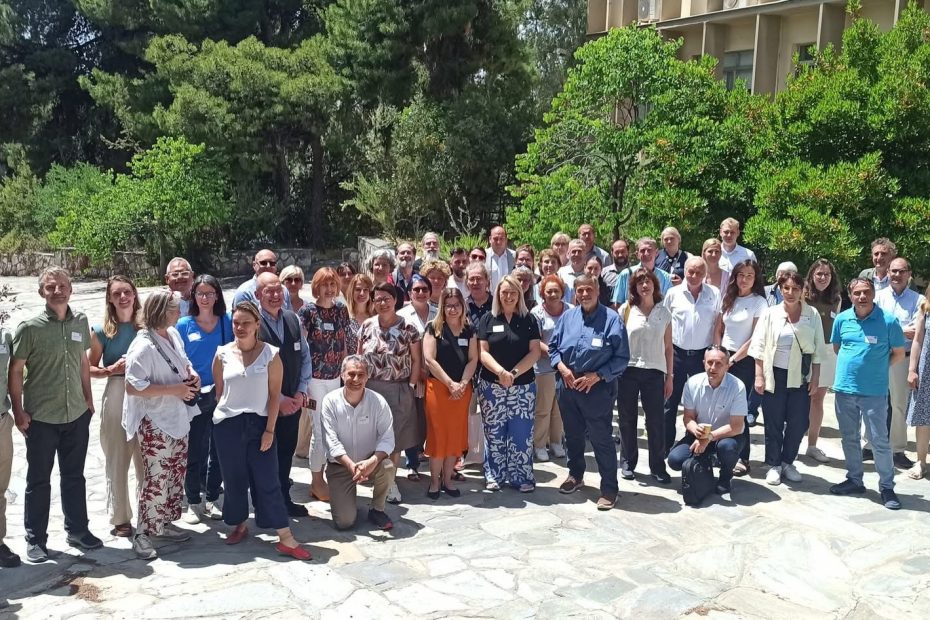On 6–7 May 2025, a meeting of the Working Groups operating within the European Regional Focal Point for Animal Genetic Resources (ERFP) was held in Athens.
The main task of the ERFP is to facilitate cooperation and exchange of experience between European countries for the conservation of farm animal genetic resources, in line with the objectives of the FAO Global Plan of Action.
The meeting was held within the framework of three working groups: in situ conservation, ex situ conservation, and documentation and information. The following people were involved in the individual teams: Grażyna Polak, Ph.D. Eng., Ewa Sosin, Ph.D. Eng., and Beata Smulska, M.Sc. Eng. The meeting began with a joint plenary session, during which participants were briefed on the current status of work on the Third Report on the State of the World’s Animal Genetic Resources, presented by a representative of the FAO.
Each working group has its own specific areas of focus. Below are the most important issues for each group:
In situ group
- Discussion of the results of the ad hoc action on the identification of Simmental cattle in Europe.
- Proposals from the Reference Centre on calculating the threat status for breeds.
- Presentation of the results of the ad hoc action entitled “Native horse network”, which covers 11 countries in the Baltic Sea region.
Ex situ group
- Update on the status and development of the European Gene Bank Network for Animal Genetic Resources (EUGENA), including exchange of experiences and discussion of obstacles to countries joining EUGENA, and presentation of new online tools supporting gene bank activities.
- Implementation of modern software for gene bank documentation.
- Progress in semen cryopreservation (especially in small ruminants).
- Discussion of changes in national regulations on ex situ conservation.
- Mechanisms for obtaining genetic material, including from native breeds.
- Integration of in situ and ex situ conservation activities.
- Protection of transboundary breeds (e.g., Simmental).
- Improving reporting on collections to the DAD-IS database.
- Raising public awareness of animal genetic resources conservation.
Documentation and Information Group
- Discussion of the preliminary assumptions of a proposal for a new tool to assess the effectiveness of breeding programmes for local breeds.
- Information system for the conservation of livestock biodiversity – presentation of an example from Serbia.
- What’s new in the DAD-IS database – presentation of new tools in the world’s largest information database dedicated to the conservation of animal resources.





